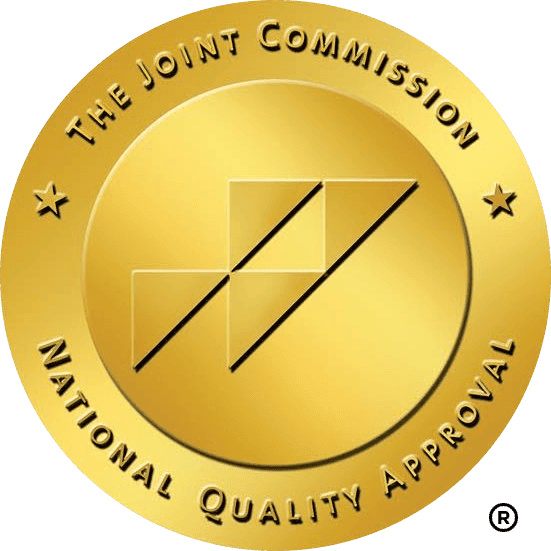Bipolar Disorder
Instructions: Answer the questions about your teens behavior.
Mood Disorders:
Mood disorders can often be difficult to identify in young adults, especially bipolar. It is estimated that about 1%, or about 4 million people in the United States suffer from bipolar. With bipolar comes increased risks of suicide, poor performance at work or school, severed relationships, both in the home as well as out of the home, and an increased risk of alcohol and drug abuse. We have put together this information, not to diagnose, but rather to help you to identify if you or someone you love may need to see a mental health professional to be evaluated for bipolar disorder.
Major depressive:
One or more Manic or Mixed Episodes usually accompanied by a Major Depressive Episode. A major depressive episode is a period of at least two weeks during which there is a depressed mood or loss of interest in activities.
Manic:
A manic episode is a period of at least one week in which a person is abnormally irritable or elated. A manic episode can include inflated self-esteem, decreased need for sleep, grandiose ideas or actions and increased involvement in pleasurable activities that can cause painful repercussions. A mixed episode includes characteristics of both manic and major depressive episode that occur more days than not for a period of at least one week.
**Note: This page is meant for informational purposes only. It is not a complete list of all disorders, but rather the most common disorders present in the youth that are served by the Turning Winds therapeutic boarding school Facility. For further understanding and information about any of the above disorders, please consult the Diagnostic and Statistical Manual of Mental Disorders-V-TR.[/vc_column_text][/vc_column][/vc_row]







